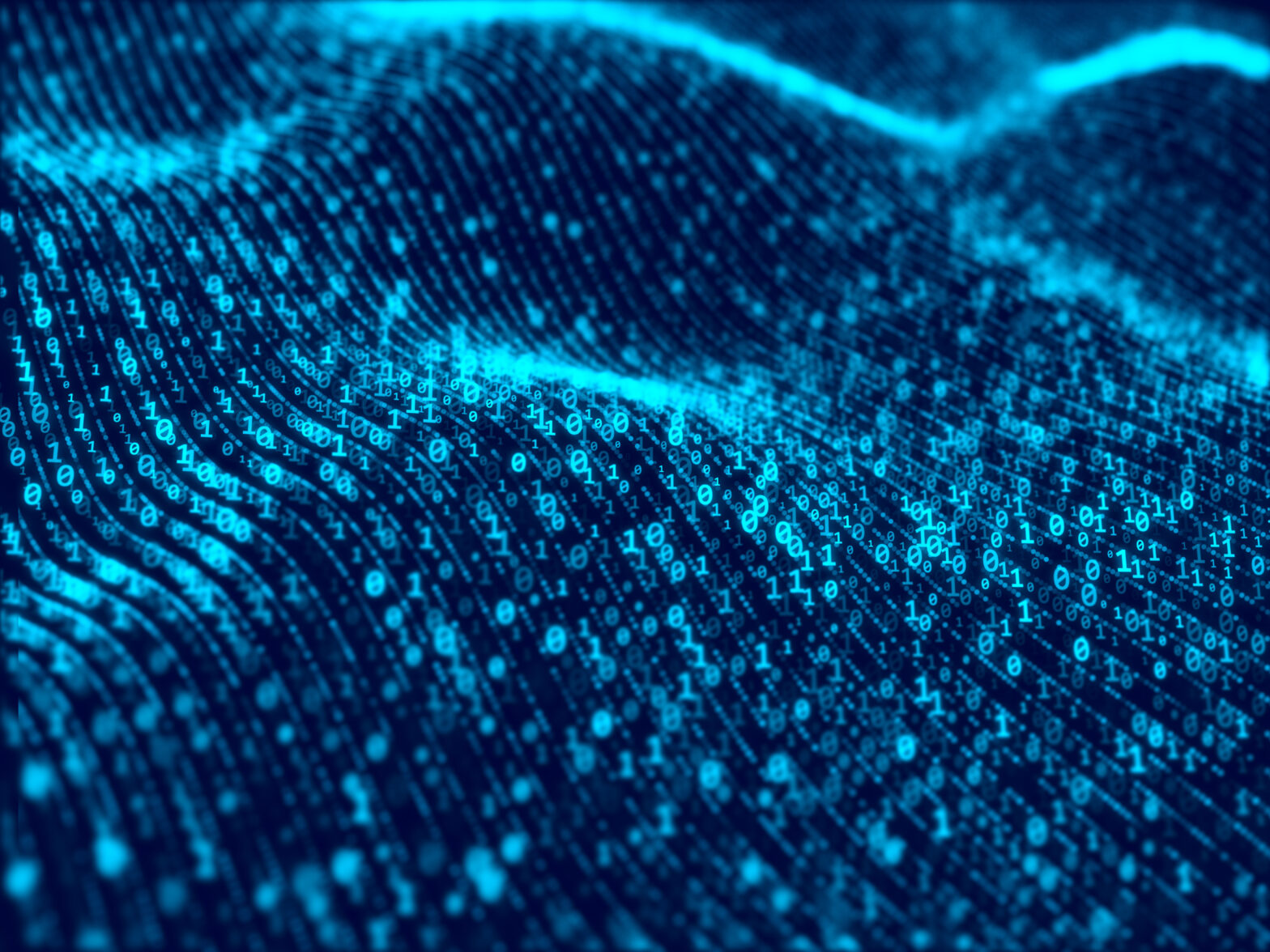At GraphConnect Europe – Neo Technology, creator of the world’s leading graph database Neo4j, announced that Telia Company is using its graph technology software to power its new smart homes initiative.
With Telia Zone, the company has created a new digital ecosystem and platform for broadband connections already available for 1.2 million users – and graph-powered smart home management is a major feature of the service.
Telia Company’s Rickard Damm, founder and head of Telia Zone, said: “We believe we are unique and first in the world with this level of smart home connectivity.”
>See also: The benefits of graph databases in relation to supply chain transparency
Using Telia Zone, the home owner can detect when people are entering or leaving the house, setting triggers and rules for adjusting heating, lighting – even appropriate musical accompaniment, like a favourite musical track greeting on entry, among other services.
A genuinely innovative smart home service, Telia Zone is employing the Neo4j graph database as a key part of its backend management.
That’s because the APIs it needs to work the service are stored as relationships between different types of events or different types of data, and Damm and his team decided graph databases are the best way to model such relationships.
As Telia Zone is expected to have 13 million devices as individual nodes, with 20-30,000 events per second, it’s also a sizeable IoT (Internet of Things) network – underlining the central contribution graph technology is expected to make to delivering the smart networks of the future.
“Neo4j can easily model complex relationships, plus it is highly flexible,” explained Damm. “We do not know exactly which APIs we will go on to develop, but Neo4j can create new connections on the fly and make new APIs out of any that may become desirable, which is also highly useful for us as smart home builders.”
>See also: Businesses are at a database crossroads
“In addition, we want to explore AI (artificial intelligence) and machine learning, and graphs are also the best way to handle that. Neo4j also stood out as especially agile, and we liked the possibility of Causal Clustering.”
Commenting on this innovative customer project, Neo Technology’s CEO, Emil Eifrem, noted, “We are delighted to be working with Telia Company on such an exciting, world-class project.
“Given the scale the of the data and connections that the smart home owner will demand, it’s only with scalable and highly functional software like Neo4j that consumers will get the smart home future they demand.”
Airbnb
Airbnb, the sharing economy platform for travellers, which is disrupting the traditional hotel market and Deutsche Bahn – the German National Railway – have also employed Neo4j to help with enhancing these companies frontend, user experiences. In these respective industries, the frontend can’t be forgotten, as user experience is essential in both.
>See also: Graphs and smart cities: a neat combination
Chris Williams, Data Visualisation Engineer at Airbnb explained during a talk at GraphConnect Europe how they built a data portal using Neo4j to help make their internal data more searchable, discoverable, and consumable.
Williams continued that Neo4j was the best choice for building his firm’s sophisticated internal data tool for tackling challenges around the volume, complexity, and obscurity of data.
Indeed, the data tool should not be an afterthought, and with Airbnb, Neo4j helped improve this aspect of the business interface, providing the ability to enrich and edit metadata in real-time. Essentially, this makes searching for information easier.
Deutsche Bahn
Marcel Donges, CTO & Digital Leads Initiative at Deutsche Bahn, and Andy Smale, Principal Consultant at KCOM discussed at GraphConnect how graphs can map a hugely complex booking and reservation system on German and UK national rail.
Deutsche Bahn used Neo4j to help solve the challenges of migrating its workload, including applications, to the cloud from their data centre – a highly technical problem. Most of their current software, as is the case with old and large organisations, is not cloud ready/scalable.
>See also: Consolidation: a database prediction
The use of graph database technology aided this configuration management transformation by using Neo4j to create a configuration data hub, which helps manage complex data dependencies and allows for real-time search or updates of dependency structures in a multi-user, multi-thread environment.
This was built with Structr around the central Neo4j database, which stored the entire configuration information. This is more convenient for the user, with role-specific user interfaces. It ultimately has allowed Deutsche Bahn to create one self-contained, simple system.
The UK’s largest conference for tech leadership, Tech Leaders Summit, returns on 14 September with 40+ top execs signed up to speak about the challenges and opportunities surrounding the most disruptive innovations facing the enterprise today. Secure your place at this prestigious summit by registering here







